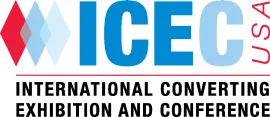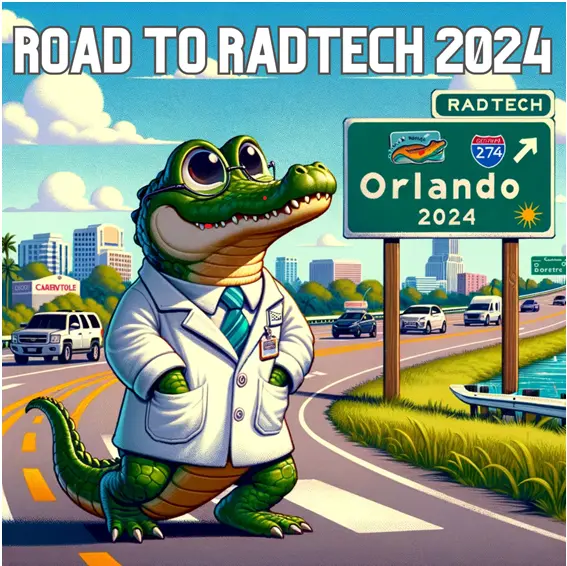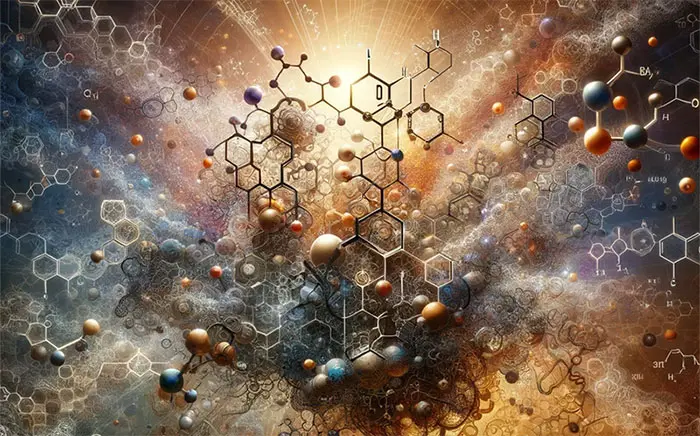International Converting Exhibition and Conference
ICEC USA International Converting Exhibition and Conference January 9 - 11, 2024 Orange County Convention Center, Orlando FL https://www.convertingshow.com/en-us.html
Road to RadTech 2024 Webinar: Automated, High Throughput Screening of Increased Ionic Conductivity Polymer Electrolytes
January 19, 2024, 2:00 PM – 3:00 PM EST Speaker: Dr. Johanna J. Schwartz, Lawrence Livermore National Laboratory Moderator: Dr. Jason Killgore, National Institute of Standards and Technology REGISTER NOW at: https://radtech.us9.list-manage.com/track/click?u=83d3a9670791311154f15cd20&id=e160169d87&e=c9b0bea849 Webinar Overview Advancement of increased ionic conductivity polymer electrolyte materials for Li-ion battery applications has traditionally required formulations to be hand-mixed by researchers, […]
Stepping Stones in Automotive OEM, Part 1: Refinish
Moderator: Chris Seubert, Ford Motor Company Panelists: George Smith, SoCur; Mike Dvorchak, Rita Loof, RadTech, and More TBA Discussion topics Introduction to UV Technology in Automotive Refinish: Exploring the integration and impact of UV technology in the automotive refinish industry. Advantages of UV Technology: Discuss the specific benefits that UV technology brings to automotive refinish […]
RadTech – Photopolymerizations for Creating Engineered Microenvironments: From 3D Culture Models to Biomanufacturing Webinar
Speaker: Dr. April M. Kloxin, University of Delaware Moderator: Dr. Dianne Poster, National Institute of Standards and Technology (NIST) February 13, 2024, 2:00 PM – 3:00 PM EST REGISTER NOW https://us02web.zoom.us/webinar/register/WN_8uzy37okTc6A74HunqEjgg Webinar Overview: Photopolymerizations provide great opportunities for the creation of controlled, bioinspired microenvironments for probing and directing complex biological systems. For example, photopolymerizations can […]
Biodegradable Photopolymers: From Chemical Depolymerization to Soil Compostability Webinar
Biodegradable photopolymers: from chemical depolymerization to soil compostability Friday, February 23, 2024 from 12:00 PM – 1:00 PM EST Speaker: Chen Wang, University of Utah Webinar Overview: Photopolymer materials are used in many commodity applications, including adhesives, over-print varnishes, packaging materials, and disposable medical devices such as contact lenses. The vast majority of photopolymer materials directly contribute […]







